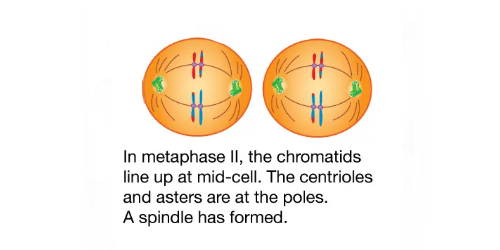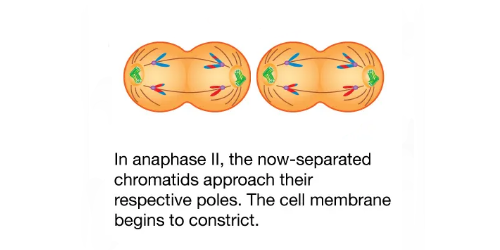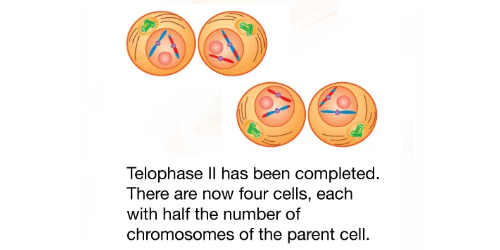|

|
As I have stated, prior knowledge about mitosis aids in knowing more about meiosis. They are very similar purr-ocesses. The most notable ones are:
- Mitosis and meiosis both have PMAT stages, with meiosis having 2 rounds of it and mitosis only having 1. This implies that mitosis only produces 2 cells and the latter producing 4.
- Mitosis occurs for growth and repair. Meiosis occur in reproductive cells (egg and sperm cell). This means that two diploid cells with identical genetic info is produced by mitosis, while meiosis produces four haploid cells with different genetic information.
You must be wondering my fur-iend, as to why meiosis produces different genetic info. This is because the information is taken from each parent, ensuring that each of their traits have a chance to carry over to their child. Mitosis cells with identical information because their function is for growth and repair.
- One of the most important ones to note: Prophase 1 of meiosis undergoes a process wherein chromosomes make contacts with each other (chiasmata), and 'crossing over' occurs. This is where chromosomes exchange sections of DNA. As mentioned, it generates genetic diversity while being crucial mechanically to hold homologous chromosomes together. In mitosis, this process does not exist.
- The first metaphase also differs. For mitosis, only a single chromsome (pair of chromatids) line up along the metaphase plate, getting cleaved into two sister chromatids. Sister chromatids are identical, so the orientation of the chromosome does not carry meaning. For meiosis, pairs of homologous chromosomes line up. They are oriented randomly with respect to the cell poles (law of independent assortment).
Purrrhew. I apologise for giving out so much information in one go, but you will realise soon, fur-iend, that this makes learning meiosis much easier fur you. I will be skipping PMAT1 of meiosis, as key differences of it with mitosis' purr-ocess has already been discussed.
|
|






